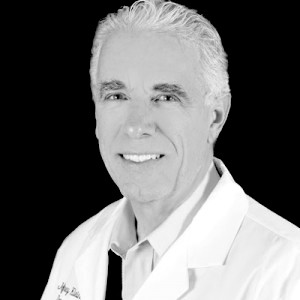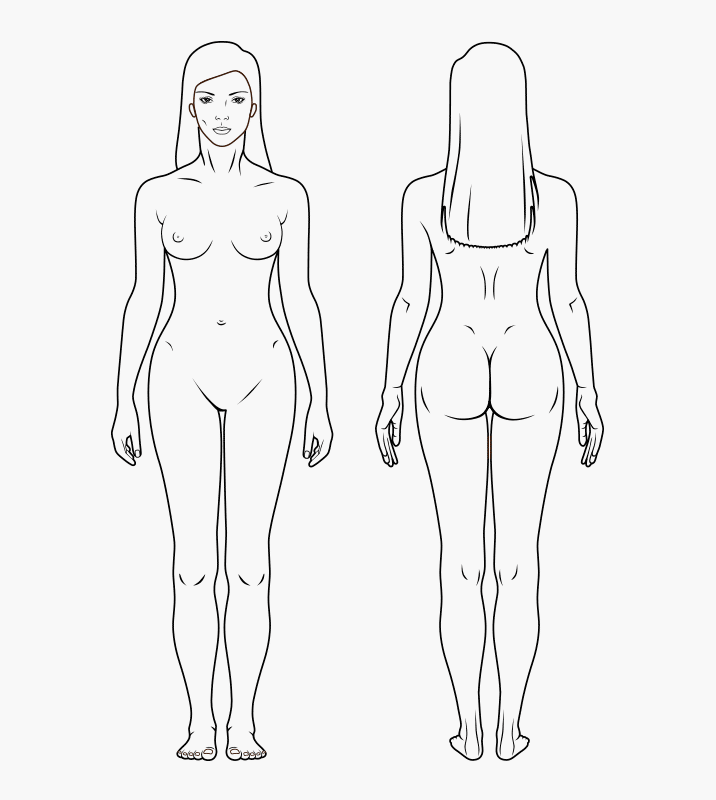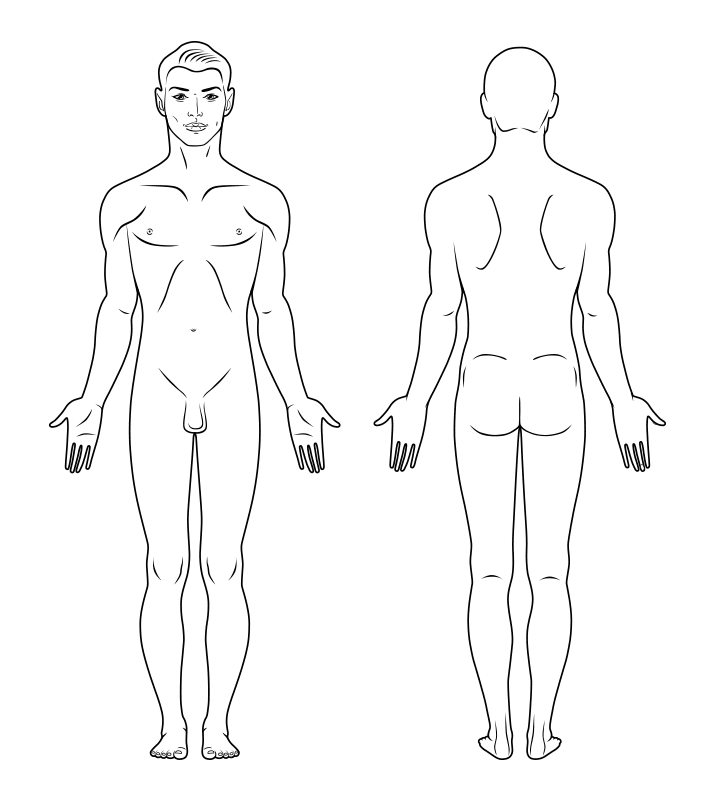What is liposculpture / liposuction?
For decades many people have wanted to change their body shape by removing deposits of excess fatty tissue. This became a reality at the beginning in the 1970’s and throughout the 1980’s. The procedure of Liposculpture and Liposuction, initially called suction-assisted lipectomy was pioneered by father and son, Doctors Arpad and Giorgio Fisher in Rome. Further developments were made by a French surgeon Dr Yves Illouz in Paris, but another Parisian Dr. Pierre Fournier was a sentinel figure in making the technique more popular. The technique spread to America early. Continually refined in both Europe and America liposuction / liposculpture is now the world’s most popular cosmetic surgery procedure.

tumescent liposuction and liposculpture
Modern liposuction and liposculpture really came of age when Dr. Jeffrey Klein of San Juan Capistrano in California made his contributions.
Since 1985, Dr Klein has developed what is now called the tumescent technique. The tumescent technique is when a local anaesthetic solution is used to numb the tissue before the procedure is commenced. This local anaesthetic solution also vastly reduces the amount of bruising after the procedure, which used to be a major complaint of liposuction surgery.
As the patient can stand towards the end of the procedure, the effect of gravity is evident on the fatty tissue, thus allowing for the body to be visualised by the proceduralist. It is at this crucial stage of the procedure, that final adjustments can be performed, which in turn, contribute to the overall result.
Liposculpture is an acknowledged term in medicine. The following article provides a history and applications of liposuction and liposculpture. “The Journey through Liposuction and Liposculpture: Review” may be found here.
Liposculpture is used synonymously with Liposuction.
How to remove localised areas of fat not particularly responsive to diet or exercise. A relatively minor removal of fatty tissue can lead to changes in body shape and contour.
Any area of subcutaneous (under the skin) fatty tissue overlying the body’s musculature can be removed with this technique, but some areas are particularly suitable. In women, these may be the outer thighs (saddlebags), abdomen, the hips (flanks), waist, inner thighs, buttocks and knees, calves and ankles.
Upper arms, isolated skin folds in the flanks, the breasts and bulges to the sides of the breasts are also commonly performed areas.
In men, the abdomen and the flanks are more commonly performed areas. Some men have excess fatty tissue in and around the breast. As with women, the neck and jowl area are popular areas too. In both men and women, the neck and under the chin liposculpture procedures can be performed to remove unwanted fat. Not all people are appropriate for this procedure and it very much depends on the skin quality and amount of excess skin. An individual physical assessment is performed upon initial consultation to determine suitability for such procedures.
liposculpture for women
Choose an area for more information
Body areas

Liposculpture for the Neck and Face
1 of 10 2 of 10 3 of 10Liposculpture for the Inner Thighs / Anterior Thighs
4 of 10Liposculpture for the Outer Thighs
5 of 10 6 of 10Liposculpture for the Waist, Hips and Bra
7 of 10Liposculpture for the Buttocks
8 of 10Liposculpture for the Arms
9 of 10Liposculpture for the
Calves and Ankles
10 of 10
liposculpture for men
Choose an area for more information
Body areas
Medical Research
Liposuction/liposculpture has been an extensive area of medical research. Study findings are reported in international peer reviewed medical journals. These are made available to you and may be accessed below:
Boeni, R., & Waechter-Gniadek, P. (2022). Safety of Tumescent Liposuction Under Local Anesthesia in 9,002 Consecutive Patients: Erratum. (2022). Dermatologic Surgery, 48(11), 1267.
Dixit, V., & Wagh, M. S. (2013). Unfavourable outcomes of liposuction and their management. Indian Journal of Plastic Surgery, 46(2), 377
Hanke, C. W., Bernstein, G. S., & Bullock, S. (1995). Safety of Tumescent Liposuction in 15,336 Patients. Dermatologic Surgery, 21(5), 459–462
What are the benefits of Liposculpture?
Liposculpture is a refinement in the technique of liposuction. Firstly, liposculpture is performed under local anaesthetic which makes it easier to achieve a regular, more even result, by assessing the patient at a later stage of the procedure. This is because it is possible to move into different positions and to stand up toward the end of the procedure which allows the effect of gravity to be seen on the areas that had liposculpture. This enables a much more predictable result to be achieved as more liposculpture is done to refine the areas and try to establish symmetry.
Secondly, as no general anaesthetic is needed for liposculpture, the inherent risks associated with a general anaesthetic are avoided.
Thirdly, liposculpture involves the injection of fluid into the fatty tissues before the procedure is performed. This fluid contains the local anaesthetic (lignocaine) and also a medication which effectively constricts blood vessels (adrenaline). Adrenaline vastly decreases the amount of bruising that occurs with liposculpture while the local anaesthetic produces effective relief of discomfort during the procedure and for up to 12 hours afterwards (and longer).
Fourthly, liposculpture is day surgery. There is usually no need for the person having liposculpture to stay overnight in hospital or to have blood transfusions. You are encouraged to remain active following the procedure, walking soon after, and often returning to work after a few days to a week. Time off work and normal or vigorous activities is usually kept to a minimum. A week off work is advisable for most individuals.
What is the difference with Liposculpture under local anaesthetic?
Liposculpture takes time to achieve the desired outcomes. The average procedure lasts 4 hours, especially when liposculpture of a few areas is performed. Smaller areas may only take up to 2 hours to do. In contrast, liposuction performed under general anaesthesia must be done in a shorter time as longer anaesthetic time increases anaesthetic risks. The recovery period is usually shorter with usually less bruising and less discomfort. However, due to different procedures, different patients will heal differently, and have different pain thresholds and will therefore experience different recovery times for different activities. The subcutaneous fatty tissue is thoroughly anaesthetised (numbed) and vasoconstricted when using the tumescent local anaesthetic technique and this generally contributes to a reduction of pain after the procedure. Liposculpture is performed by many doctors from many specialties.
Dr Heckenberg is specifically trained in liposculpture. She is dedicated and will take the necessary time to strive for the desired results and performs only liposculpture and no other cosmetic surgery procedures. It is important to have these procedures performed by doctors who do the same procedures often, as with any surgery. Allowing enough time, using microcannulas and having patience are the most important factors when performing liposculpture.
What is the safety profile and risks of Liposculpture?
Risks associated with liposculpture are reported in international peer reviewed medical journals. These are made available to you and may be accessed below:
Boeni, R., & Waechter-Gniadek, P. V. (2021). Safety of Tumescent Liposuction Under Local Anesthesia in 9,002 Consecutive Patients. Dermatologic Surgery, 47(5), e184–e187.
This recent 2021 study comprising of 9,000 cases, also concluded that liposuction using the tumescent local anaesthetic technique “is a reliable and safe procedure if it is performed by an experienced surgeon and the guidelines of care are strictly followed”.
Dixit, V., & Wagh, M. S. (2013b). Unfavourable outcomes of liposuction and their management. Indian Journal of Plastic Surgery, 46(2),377.
https://www.ncbi.nlm.nih.gov/pmc/articles/PMC3901919/
This detailed 2013 article compiles unfavourable outcomes, possible risk factors and their management associated liposuction and the importance of appropriate training in this procedure.
Hanke, C. W., Bernstein, G. S., & Bullock, S. (1995b). Safety of Tumescent Liposuction in 15,336 Patients. Dermatologic Surgery, 21(5), 459–462.
A landmark article in the prestigious Dermatographic Surgery Journal reported the survey results of over 15,000 cases of liposculpture performed in America between 1994 and 1995. Authors concluded that complications during the procedure were few, as were problems following the procedure, and the level of complications was much less. Bruising is minimal, but does occur in most cases. It usually lasts for 10 to 14 days. Infections may occur with any surgery, but are fortunately quite rare and antibiotics are given before and after the procedure. Local areas of numbness may occur, although these usually resolve within a few months but may take up to a year.
What are the Doctor's Qualifications?
At Be Sculptured, Dr Heckenberg is trained specifically in liposculpture and she has a medical fellowship from The Australasian College of Cosmetic Surgery and Medicine (ACCSM) and a Lipoplasty Fellowship. Dr Heckenberg is dedicated to the procedure of liposculpture. It is the only cosmetic procedure she performs. Performing the same procedure often is necessary to acquire appropriate skills for any procedure. Dr Heckenberg has Specialist Registration in General Practice after gaining her Fellowship in 1997 (FRACGP) and a Diploma in Obstetrics and Gynaecology in 1996 (DRANZCOG) and has been performing contraceptive and reproductive out-patient gynaecological procedures since 1998. Her medical registration number is MED0001158434.
What actually is Liposculpture?
Liposculpture is a body changing tool. Liposculpture is performed using Dr Klein’s “tumescent local anaesthetic” with micro-cannulas. The administration of the tumescent local anaesthetic makes it possible for the patient to stand up at the later stage of the procedure, allowing the effect of gravity to be visualised. Patients are also able to move themselves into the appropriate positions to adequately remove the fat from specific areas to change the body shape. It is this ability to visualise the patient’s body that provide a more predictable/favourable results.
As no general anaesthetic is needed, risks associated with a general anaesthetic are avoided. Sedation has its risks, such as excessive drowsiness, or inadvertent and unexpected deeper levels of sedation, but recommended dosing and monitoring during the procedure reduces these risks.
Liposculpture involves the injection of fluid into the fatty tissues before the procedure is performed. This saline solution contains the local anaesthetic drug (lignocaine) and also a medication which constricts blood vessels (adrenaline). Adrenaline decreases the amount of bleeding and bruising while the local anaesthetic reduces discomfort during the procedure and for up to 12 hours afterwards. These effects may last longer in some individuals
What is Dr Klein's "Tumescent Local Anaesthetic Technique" and why can larger doses of Lignocaine (numbing drug) be injected into the fatty tissue and then Liposuction performed, compared to injecting Lignocaine into other areas of the body? eg. Muscle, Skin
Slow absorption of lignocaine from the fatty tissue is the answer. There are several reasons for the slow absorption of lignocaine. These are:
1. Subcutaneous (under the skin) fat has a low volume of blood flow,
2. Lignocaine is lipophilic (is attracted to fat) and is easily sequestered in (moves into) fat.
3.Diluted adrenaline in the saline solution ensures vasoconstriction (constriction of blood vessels), thus minimising systemic absorption and bleeding.
4.The large volume of tumescent solution itself compresses blood vessels by hydrostatic pressure (the pressure from the large volume of saline solution compresses the blood vessels).
5.The very low dilution (more saline solution compared to the dose of the drug) of lignocaine in Dr Klein’s solution does not achieve the gradient required for systemic absorption.
6. Most of the solution is removed during aspiration (suction), minimising the duration available for absorption.
Do I need to stay overnight in Hospital?
Liposculpture is performed as a day procedure. There is rarely a need for the person having liposculpture to stay overnight in hospital, or to have blood transfusions. A half to ¾ of a day is required to perform the procedure and to stay in the hospital recovery. You are encouraged to remain active following the procedure, gentle walking soon after, and often returning to work after 1 week or possibly after a few days. Time off work and normal activities is usually kept to a minimum. More vigorous exercise may be resumed 3- 4 weeks after the procedure.
servicing sydney & gold coast
Based in Sydney, with regular consults & services also available on the Gold Coast.
